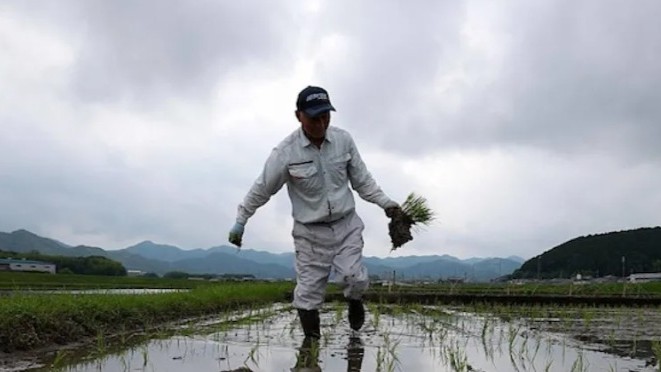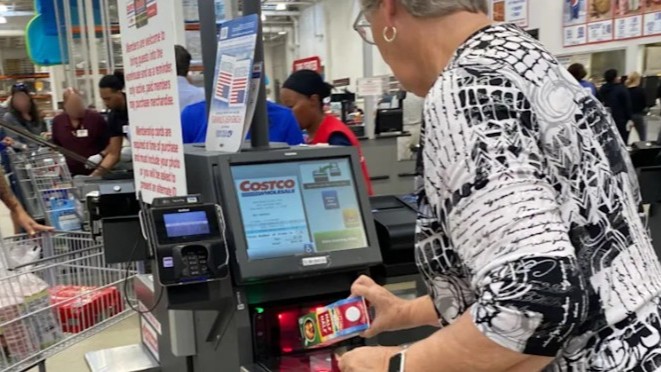
Articles
Rice prices have skyrocketed in Japan - and farmers warn that everyone who eats that disaster could be near
In today’s developed economies, lining up to buy a staple grain may seem like a thing of the past. But in Japan, it’s become a stark reality as a rice shortage sends prices soaring.
A 5 kilogram (11 pound) bag of rice cost 4,280 yen ($29) in May 2025 — double the price from a year earlier, according to Bloomberg.
The surge stems from a supply crunch dating back to 2023, when a severe heat wave hit Japan’s rice harvest. The extreme temperatures not only lowered the quality of the crop but also caused a sharp decline in overall production.
In response, the government has begun releasing rice from its stockpiles. Long lines now form hours before stores open to buy stockpiled rice, with The Japan Times reporting some customers start queuing as early as 8 p.m. the night before.
According to Nikkei Asia, shelves in Tokyo have been “frequently empty” as of early July, with supermarkets rationing sales to one bag of rice per family per day.
Nobuhiko Kurosawa, a rice farmer in Yamagata, is worried about what could happen next.
“The Japanese government has already released most of its rice reserves, so if this summer turns out to be as hot as the year before last, it could be disastrous,” he told Nikkei Asia. “If we have no reserves left and the quality of the rice has deteriorated due to the extreme heat, Japan may have to import a considerable amount. The food problem is not [just] a problem for farmers, but a problem for everyone who eats.”
While Japan’s rice crisis is especially severe, it’s also part of a broader trend: Food prices around the world have been steadily climbing. From staples like grains and cooking oil to fresh produce and meat, inflation has put pressure on household budgets everywhere — not just in Japan.
In the U.S., the Consumer Price Index has increased 25% over the last five years, with the food index surging 26%. The U.S. Department of Agriculture expects food prices to rise another 2.9% in 2025.
But there are steps consumers and investors can consider to help protect their purchasing power as the cost of living rises.
Real estate
Real estate has long been considered a reliable hedge against inflation, thanks to its intrinsic value and income-generating potential.
When inflation rises, property values often increase as well, reflecting the higher costs of materials, labor and land. At the same time, rental income tends to go up, providing landlords with a revenue stream that adjusts for inflation.
Legendary investor Warren Buffett has often pointed to real estate as a prime example of a productive, income-generating asset.
In 2022, Buffett stated that if you offered him “1% of all the apartment houses in the country” for $25 billion, he would “write you a check.”
Why? Because no matter what’s happening in the broader economy, people still need a place to live and apartments can consistently produce rent money.
Traditionally, investing in real estate meant buying property and becoming a landlord. New investing platforms are making it easier than ever to tap into the real estate market.
Source: www.finance.yahoo.com
Articles

Rice prices have skyrocketed in Japan - and farmers warn that everyone who eats that disaster could be near
In today's developed economies, lining up...
read more

Zuckerberg is pouring billions into plans for personal superintelligence
Meta (META) CEO Mark Zuckerberg is plowing billions...
read more

Federal Reserve says consumer distress is at a 12-year high
While investors worry about the markets, the Federal Reserve Bank of Philadelphia...
read more
Careers
We are looking to expand our team of highly qualified experts
with professionals that are as motivated as we are...

